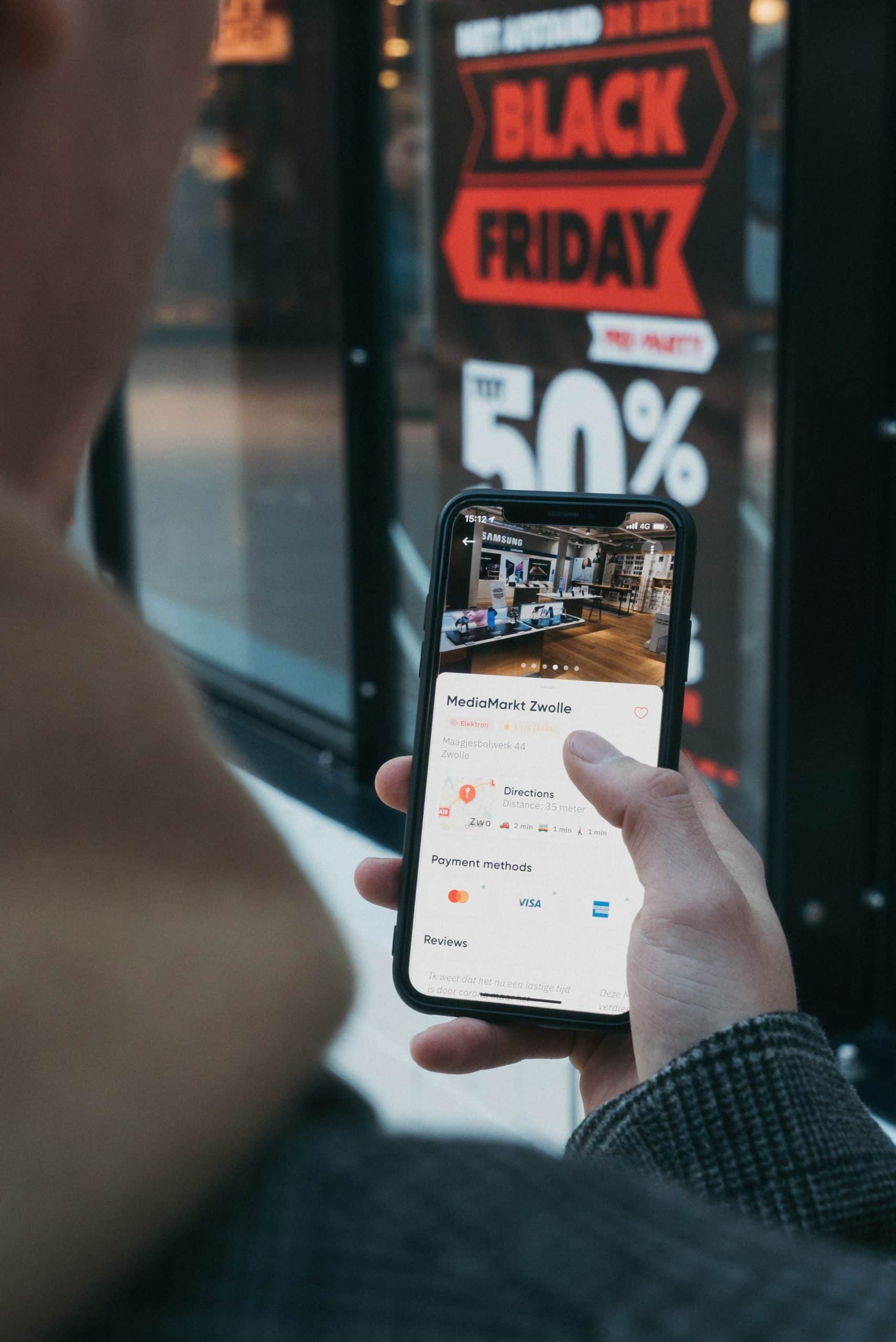World events have driven people to spend increasing amounts of time online via desktop and mobile. The average daily time of mobile internet consumption per capita is set to increase to 155 minutes in 2021 from 134 minutes in 2019. The Appointment TV generation, otherwise known as Generation X, are watching shows from their youth on Netflix, uploading reactions to these shows on YouTube, and chatting to their friends about said shows on Twitter and WhatsApp.
Gen X’ers are not the only ones whose appetite for online content has dramatically increased in recent times. The pandemic raging across the world is largely to blame for people of all ages spending double the amount of time they would usually spend online.
As global online content consumption reaches Guinness-World-Record-levels, it is worthwhile to take a step back and consider how things became this way. Factors leading to the rapid inflation in consumption; the pandemic’s sharpening effects; new viewing platforms; and what to expect in the future are aspects that are explored below.
IMAGE: UNSPLASH
Factors That Triggered The Rise In Online Content Consumption
Content has been mushrooming all across diverse social media platforms. Myriad and varied, the content runs the gamut from the showcasing of talents to mommies letting off steam. Uploading a thought or a short film is as easy as breathing thanks to the low barrier of entry on social media. Additionally, the pandemic has made an audience out of most of the world. From August 2019 to August 2020, 346 million people decided to dip their toes for the first time in the realm of social media.
Social media platforms like TikTok indisputably one of the standout stars of the social media landscape. The app has been downloaded over 1 billion times worldwide and by September 2020, there were 53.5 million active users in the USA. An American would-be dictator inadvertently helped the platform’s reputation when he attempted to dampen TikTok’s spirits by releasing an executive order to ban the video-sharing platform in the United States.
While TikTok yields a lot of necessary laughs and useful information in these trying times, more seasoned social media intellectuals put out their thoughts and content on Twitter. Consumption is evidently on the rise on that platform – a ‘good’ tweet had 1000 retweets in February 2020. By April such tweets were easily averaging upwards of 10,000 retweets.
While providing comedic relief, social media is also fast becoming the source of news for many people. Facebook is the first stop for about a third of online users when seeking updates on the latest developments with the coronavirus. Nevertheless, traditional news outlets have not been left in the dust; they have also benefited from the pandemic and seen increased ratings. Newspapers like the New York times saw new record levels in digital subscriptions and online engagement.
When the recreational options of social media and limited fitness options have been exhausted, games are next in line. Gaming has had a significant role to play in the recent boost in online content consumption. Players can now buy video games online via the game consoles while multiplayer online battle arena games and real-time strategy games such as Minecraft, Fortnite, Dota2, and League of Legends have become popular.
Let’s not forget the rise of E-Sport gaming, the sport is has become well known and several universities encourage e-sport by establishing e-sport programs, scholarships and tournaments. The e-sport audience was estimated to be around 453 million in 2019 and by 2021, the number is expected to reach 557 million.
The Pandemic Effect
Although Facebook, YouTube, and WhatsApp take the lead for the world’s most-used social platforms, social distancing has made Zoom the darling of online meeting places during the pandemic. Zoom quickly became an indispensable part of our new virtual lives.
Despite this, an accompanying disorder called Zoom Fatigue began to set in. Also, 22% of young people between the ages of 12 and 16 are online 24 hours a day and it has raised serious alarms in adults. Deleterious social and psychological effects of constantly being online such as online grooming, depression, cyberbullying, low self-esteem and body image, and racism can be seen among younger internet users.
Though the pandemic has left many burned out with Zoom Fatigue, consumption of online educational material has surprisingly gone up due to the pandemic as cities went into lockdown and universities and high schools have shut their doors. Online learning via online classes and lectures have become the norm. Now that there is ample time, the pursuit of personal development is on the increase for adults that want to learn a new skill. Harvard’s selection of online courses has enticed not a few Ivy League hopefuls into studying online.
The Emerging Of New Viewing Platforms
Before the pandemic, Netflix was king of streaming platforms. Other media companies did a SWOT analysis of the global lockdown and firmly focused on the ‘opportunity’ sector. Very shrewdly, the bulk of them have created online streaming services to match – and hopefully outpace – Netflix’s offerings. By developing unique partnerships, traditional media outfits have started strong in streaming by providing archival programming app. We have the rise of Disney, Apple TV, Quibi, and Comcast Corp’s Peacock app.
Disney is undoubtedly number one with a bullet in the new streaming game thanks to the movie release of Frozen II and Mulan, but the winner remains Netflix. The online streaming veteran ended 2020 with 203.66 million paid subscribers.
So, if it seems you’ve found yourself watching more television than usual, scrolling through social media more than usual, fret not – you are not alone. The pandemic has put us all into a tailspin. We used to have 6.2 social media accounts back in 2015; that number has risen to almost 8. Future projections of usage do not display a tapering off any time soon. Ericsson predicts that by 2024, people will be watching a lot more videos; as mobile data traffic increases, so will video consumption.
If you are interested in even more business-related articles and information from us here at Bit Rebels, then we have a lot to choose from.


COMMENTS